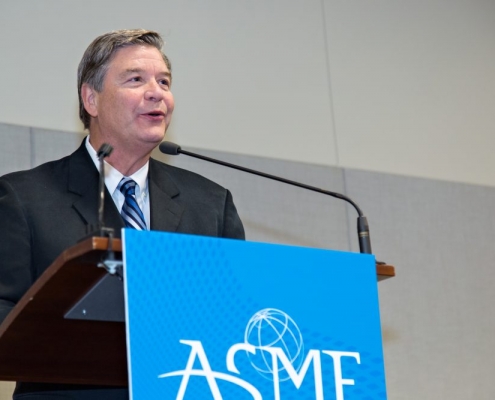
Schnoor Receives ASME Dixy Lee Ray Award
Jerry Schnoor of IIHR received the ASME Dixy Lee Ray Award
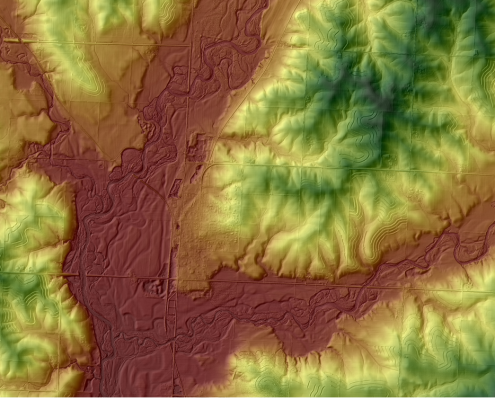
IFC Completes Statewide Floodplain Maps
The Iowa Flood Center (IFC) recently celebrated the completion of a six-year project to develop updated floodplain maps for the 85 Iowa counties that were declared Presidential Disaster Areas after the 2008 Iowa floods.
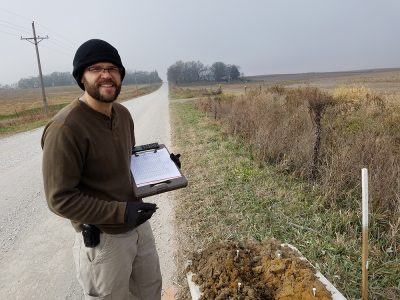
Water-quality Project Underway in Buchanan County
A new project funded by the Iowa Nutrient Research Center aims to understand the nutrient reduction benefits of roadside ditches.
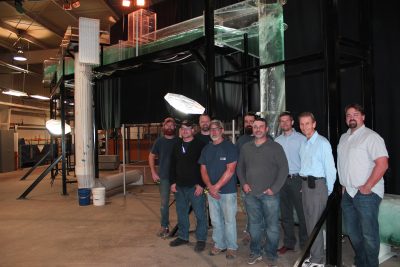
IIHR Models Sewer System for St. Louis
Researchers at IIHR—Hydroscience & Engineering are among the world’s leaders when it comes to modeling and design of sewer and stormwater conveyance systems.
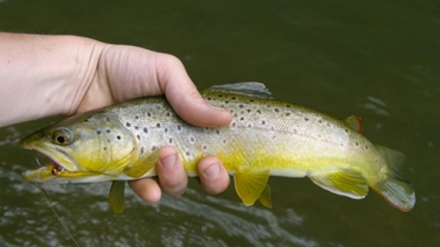
Solving Urban Runoff Water-Quality Problems
IIHR, and the Cedar Rapids Public Works department installed real-time water-quality sensors on a stormwater outfall on McLoud Run
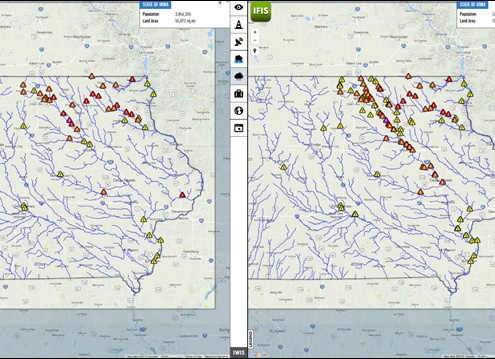
IFC Offers Online Tools to Prepare for Flooding
The Iowa Flood Center (IFC) at the University of Iowa provides online tools and resources for Iowans to help them prepare and respond quickly to flood events. The Iowa Flood Information System (IFIS) online tool is a user-friendly, interactive web application that allows anyone access to flood information, including current stream and river level data, weather conditions, and flood alerts and forecasts for more than 1,000 Iowa communities.
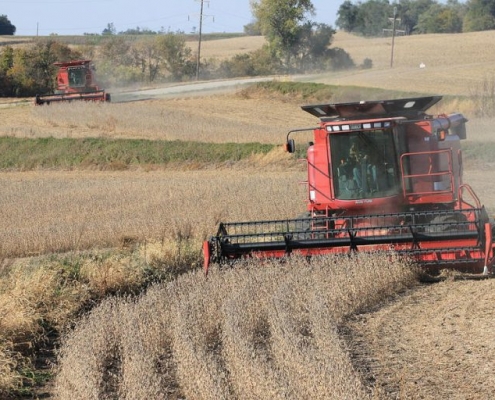
Corn is King, but Soybeans Have an Impact Too
Soybeans now rival corn
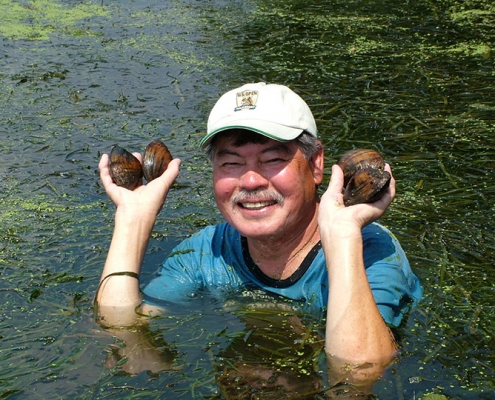
In Memoriam: Tatsuaki Nakato
It is with great sorrow that we share the news of Tatsuaki Nakato’s death on Saturday, Sept. 3, surrounded by his family. He was 74 years old.
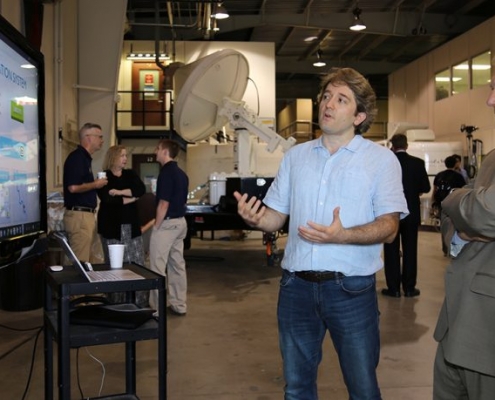
IFC Hosts Open House in Honor of Pres. Harreld
The IFC hosted UI President Bruce Harreld at the Wind Tunnel Annex
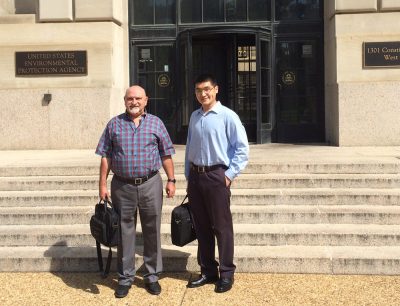
IoWaDSS Wins National Recognition
The U.S. Army Corps of Engineers’ (USACE) Institute for Water Resources funded the Iowa Watershed Decision Support System (IoWaDSS) project to assemble data, tools, and models in one geoportal, which has since won national recognition
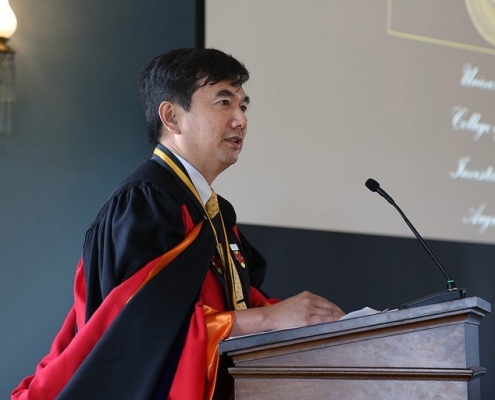
Lin Named Mielnik and Harding Professor
Ching-Long Lin of IIHR was named the Mielnik and Harding Professor of Mechanical and Industrial Engineering
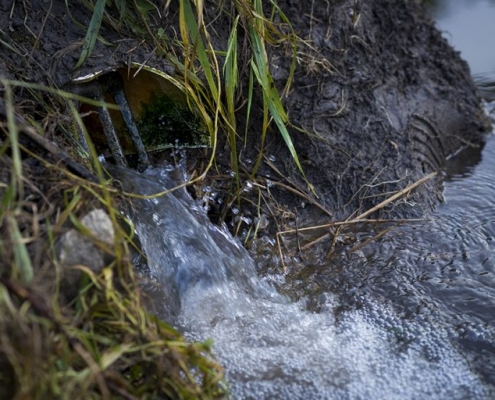
Surprising Phosphorus Trends
We now know that total phosphorus concentrations have significantly decreased at a dozen sites on Iowa’s rivers. Phosphorus, along with nitrate, is commonly used as fertilizer; both contribute to nutrients in Iowa’s rivers and streams and ultimately all the way downstream to the Gulf of Mexico.
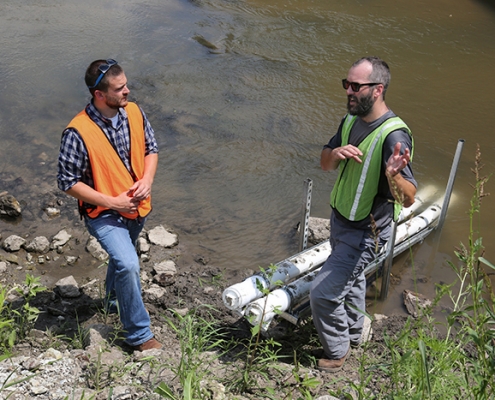
IIHR’s Water-quality Network Grows
Thanks to a network of water-quality sensors deployed and maintained by IIHR—Hydroscience & Engineering, water-quality data is now readily available for many sites in Iowa.

Villarini to Receive AGU’s Macelwane Medal
Gabriele Villarini was chosen to receive the American Geophysical Union's James B. Macelwane Medal
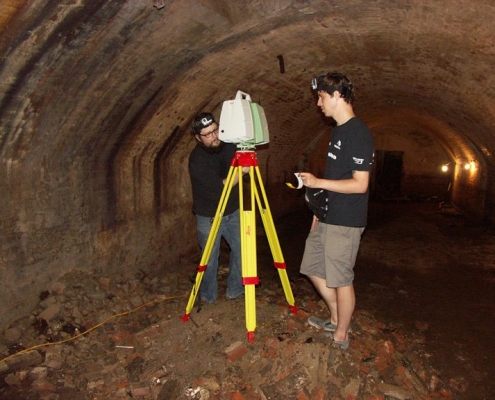
Exploring Unseen Iowa City
Beneath downtown Iowa City’s Brewery Square lies a network of man-made tunnels and caves that dates from the city’s earliest days
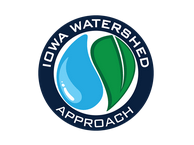
New Video Focuses on Iowa Watersheds Approach
This video talks about the Iowa Watersheds Approach (IWA). The IWA will address issues associated with the devastating and dangerous floods Iowa communities experience year after year.

Loebsack Proposes National Flood Center
Congressman Dave Loebsack, along with staff from the Iowa Flood Center, hosted a press conference to discuss legislation he will be introducing to establish a National Flood Center.
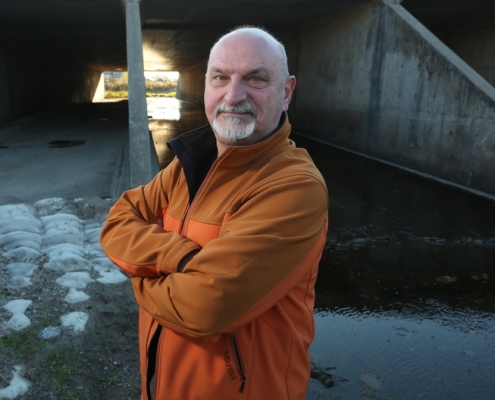
‘Squeaky Clean’ Culvert Design Wins Award
IIHR Research Engineer Marian Muste’s innovative self-cleaning culvert design has received a national award from the American Association of State Highway and Transportation Officials (AASHTO) Research Advisory Council (RAC).
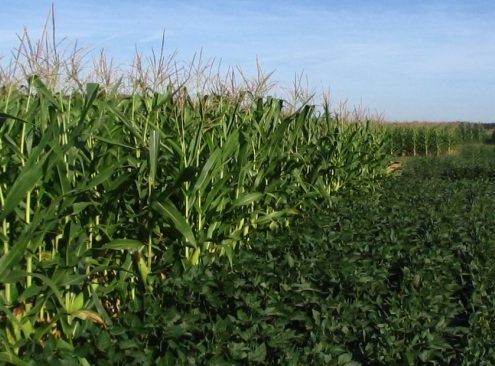
Understanding Changes in Raccoon River Nitrate
As Iowa farmers have planted more acres of corn to meet the demand driven by the corn-based ethanol industry, many models predicted that nitrate concentrations in Iowa streams would increase accordingly. However, recent IIHR research based on water monitoring and published in the Journal of Soil and Water Conservation casts doubt on these predictions.
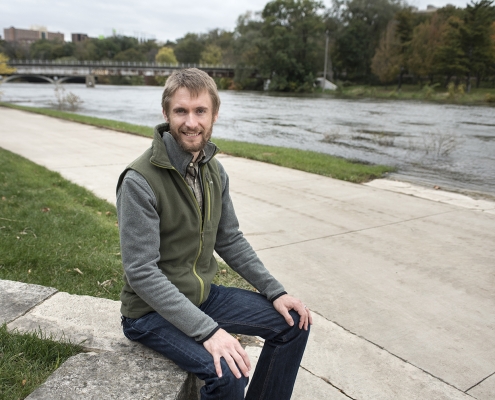
What’s in the Water?
Greg LeFevre, who joined IIHR in January as an assistant research scientist, is particularly interested in what becomes of certain contaminants as they move through the final stages of the water cycle. LeFevre studies biotransformation—or the chemical alteration—of contaminants in aquatic environments.

